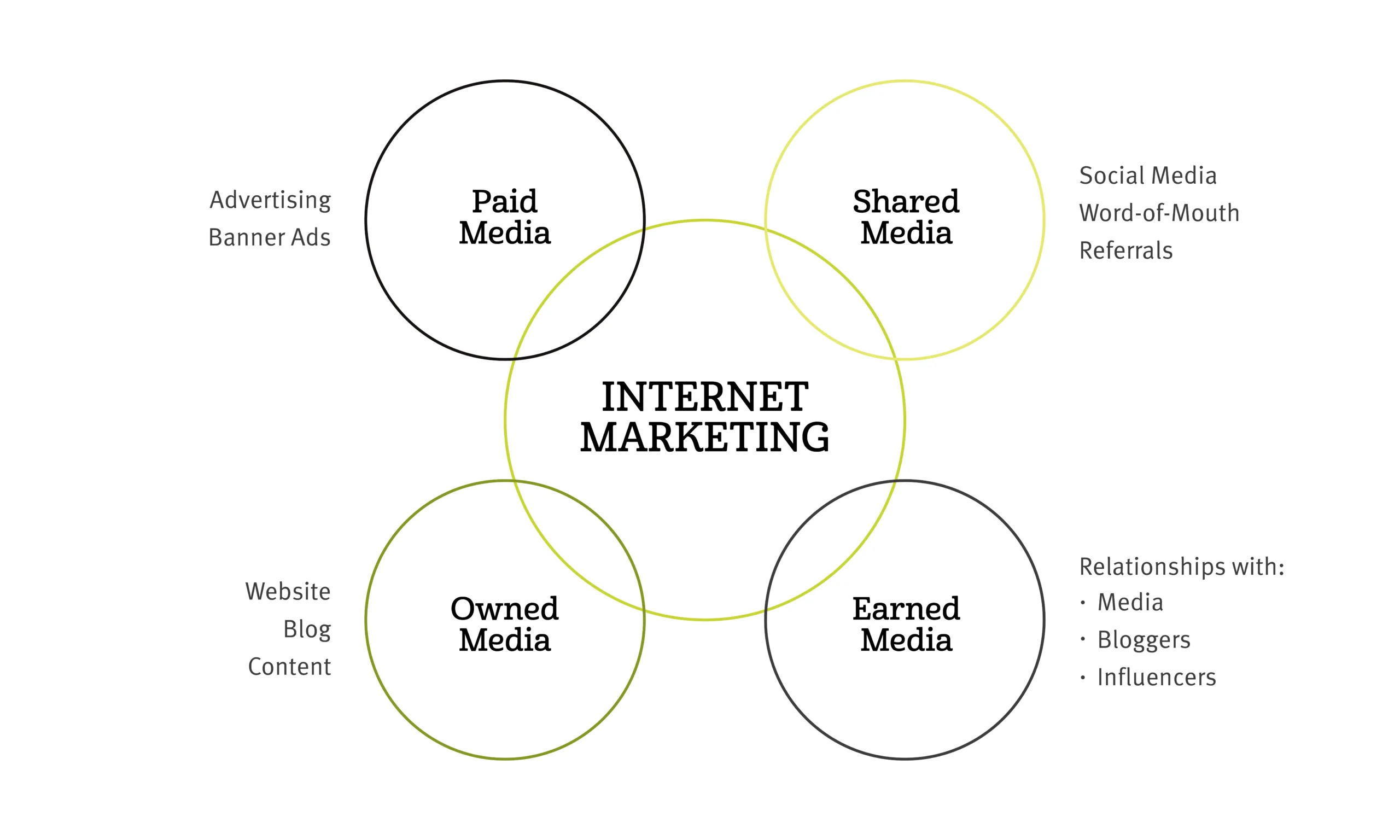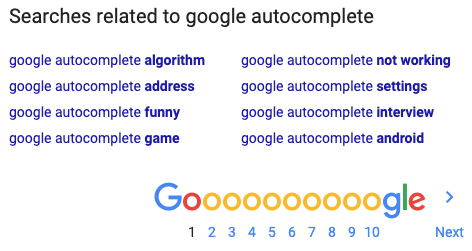You’ve just uploaded your content and it looks beautiful—the headlines are sharp, the images practically jump off the page, and the SEO is on point. Your team spent hours creating and proofing it, and now it’s finally published.
But is good writing enough to make you stand out online? Or does the real power lie in how you use content marketing distribution channels to get your message directly in front of your audience?
According to cloud service DOMO, here’s an average of what’s being created and shared in just one minute online:
- Instagram users are sharing 46,740 photos
- Twitter users are producing 456,000 tweets
- YouTube users are watching 4,146,600 videos
- Internet users are conducting 3,607,080 Google searches
And that’s only a snapshot of a few platforms. If you don’t understand and use content distribution channels, and only ever worry about publishing it online, there’s a risk the very people you put together content for will never read it amidst all the noise of online platforms.
What Are Content Marketing Channels
Content distribution channels are the places your audiences go to when searching for information, and therefore the places you should be promoting your content. There are four content distribution channels you can use to increase your reach:

Paid Media
Paid media is a method where businesses pay a channel to promote their content.
Examples: paid Facebook ads, Pinterest ads, Google ads, Podcast ads, Sponsored Instagram content, or Sponsored videos.
Advantages: Speeds up the process of acquiring audience attention you haven’t been able to reach organically.
Disadvantages: This option can become very expensive and sometimes have little ROI if you’re not targeting the right audiences.
Earned Media
Earned media is a method where third parties with influence promote or share your content by their own will.
Examples: A popular blogger links to your piece, an Instagram influencer shares your content in a story, or a news outlet promotes your content.
Advantages: Your content gains exposure to new audiences at no cost.
Disadvantages: You can’t control who promotes or shares content, which can be a problem if the person sharing it is controversial.
Shared Media
Shared media is a method where you place content on platforms, like social networking sites, and then users themselves continue distributing it. It also includes user-generated feedback. Social media optimization is continuing to be a major factor in helping businesses be found online.
Examples: Users share a Facebook post, Instagram users tag someone on your post, or someone leaves a review on Google to share with others.
Advantages: This option is either free or at a low-cost to you and since users distribute or generate content about your piece, it can build trust in your brand.
Disadvantages: You can’t control the spread of shared media that’s tied to negative user feedback. The best you can do is be vigilant for any negative shared media and then respond appropriately.
Owned Media
Owned media is a method where you are in full control of the content and you’re handling the publishing and distributing yourself.
Examples: Publishing a blog on your website, creating a landing page for an event, publishing a whitepaper in your resources, or producing your weekly podcast.
If you interested in learning to start your own podcast, our B2B podcasting guide covers everything you need to know before you take the deep dive into podcasting.
Advantages: This option is either free or at a low-cost to you (if you’re paying someone to manage your owned media channels). You also have full control over this channel and how content is distributed.
Disadvantages: Distribution is limited. Only audiences who are visiting that site or know about the content are finding it. It’s limited to the people who already know about your content or happen to find it while searching online.
The best distribution plan isn’t limited to one of these channels. Instead, it takes a multi-channel content marketing approach and combines the channels. Just using one channel will limit your reach, but by combining the channels you can continue driving traffic to a piece of content long after it’s published.
The Importance of Content Distribution
Envision this. Your team has spent hours working on a video. You got the staff together to make it, coached them during filming, and then spent time editing it to create an informative piece of content.
Now imagine what happens if you just publish it on your website and make one Facebook post announcing it. Ultimately, you’ll see the video’s traffic spike. That’s great right?
Except when you go to check on it days or weeks later, you’ll likely find traffic has dropped. And if you check that video maybe even a year later, it might not even have any traffic.
Too many businesses think it’s enough to post content on their site and then promote it in one post on their social media account. When you spent all that time, money, and effort creating content, did you really want it to only be viewed for just a few days after it’s posted?
Now Imagine you did the following instead with your video:
- You publish the video on your website highlighting a service.
- You post on Facebook to draw attention to its release.
- Your followers respond to it, some comment, and a few share it.
- You decide to use it in a targeted ad and it reaches a new audience.
- After the ad runs, data shows an increase in traffic for that service.
- You work it into an email campaign.
- You later see an influential person in your industry shares the video on their own will.
- After that figure shares it you see your traffic increase again.
- Later you’re answering a question on Quora and link to the video to help explain.
- After linking your content on Quora you notice traffic again rises upward.
Because you used a multi-channel content distribution strategy your work engaged current clients, reached potential audiences, and earned the attention of an industry influencer and his or her followers.
The importance of content marketing distribution channels shouldn’t be overlooked, because by using them you ensure audiences actually see what you create. Why create something if no one is seeing it? If you simply post content on your site and move on to the next piece, your current and potential audiences won’t know it exists.
The old way of thinking says “content is king”, but marketer Ross Simmonds has coined a more accurate mantra for content creation. He pushes creators to abide by “D.R.E.A.M – distribution rules everything around me.”

What Type of Content Should You Be Creating?
Distribution aside, you still need to be creating good content that’s worthy of sharing. If what you’re sharing isn’t put together well, a diverse strategy across content marketing distribution channels won’t fix the fact that what you created doesn’t add value to the conversation. There are two strategies you should use to create valuable content.
First, create content that aligns with the awareness stage of a buyer’s journey. There are a lot of nuances to that journey, but clients typically move through four phases:
- Awareness Stage
- Consideration Stage
- Decision Stage
- Post-decision Stage
When you set out to make content, think about what phase your client is at when they’re looking for information on that topic. Then create and answer the questions you think they’d have at that stage.
Second, use the “Skyscraper Strategy” to create content that will perform well. A simple Google search will show you the top-performing content. Especially when writing, the skyscraper technique primarily helps you see what those articles at the top of google cover.
After reading through some of those pieces, write something better! You can see what they’ve done well and what basic information you should cover. But what do those resources miss? Now is your chance to include that information, go more into detail, and as a result become the new authoritative resource.
Pros and Cons of Different Content
So what content should you be creating to share in the first place? That looks different for every business, so you really need to pick and choose based on the resources you have and your audience.
We’ve broken out popular types of content and what you should consider before creating them, so you can decide what works best for your business:
Blogs
Pros: Good way to share educational information about your industry, easy to create and distribute, a good way to be seen as an expert source
Cons: Lots of competition online, time-consuming, requires writing skills
Videos
Pros: Visual, engaging, higher conversion rates on certain platforms (like social media)
Cons: Need special equipment, editing footage can take time, requires visual & auditory skills
Podcasts
Pros: Engages with a fixed audience, no ad competition, builds intimacy with listeners
Cons: Need special equipment, editing sound can take time, requires auditory skills
Ads
Pros: Extends your reach, allows for specific targeting, quickly increases brand awareness
Cons: Can be costly, requires the right messaging
Infographics
Pros: Engages people visually, captures attention
Cons: Take time to create, requires design and editing skills
Where to Distribute Digital Content
Once you’ve created content that aligns with your business’ ability and the needs of your audience, it’s time to get down to actually distributing it. You understand the content marketing distribution channels and have created your distribution strategy, but what are the actual platforms you can use?
There are plenty of options, and new platforms are created every year that rise to popularity. Here are some ideas of a few you can get started with to distribute your content. Remember to always look out for emerging platforms that’d be appropriate for reaching your audience.
Blogs
The best platforms you can use to distribute your blog content include:
- Your own website
- Active Campaign & other email marketing platforms
- Quora (for blog link building)
- Tumblr
Videos
The best platforms you can use to distribute your videos include:
- Your own website
- Youtube (offers paid and organic posting)
- Vimeo
- Instagram (for short content)
- TikTok
- Snapchat
Podcasts
The best platforms you can use to distribute your podcasts include:
- Apple podcasts
- Spotify
- Google Play Music
- Overcast
- Stitcher
Ads
The best platforms you can use to distribute your ads include:
- Google Ads
- Bing Ads
- Quora
- Answer.com
Infographics
The best platforms you can use to distribute your infographics include:
- Your website
- Slideshare
- Quora
Paid vs. Free Content Distribution
Every business is different, so there’s no exact rule on how much of each to use. The best advice is to just make sure you use both methods. Over time collect data and see what content does better for paid vs. free content distribution. Then plan and continue experimenting to find what works.
By organically distributing content for free, you can connect with loyal followers and build relationships with influential people. It’s important to gain an understanding of this type of distribution since it will save your business money.
However, paid distribution is worth it if your budget allows for it. It offers a way to take those start pieces of content and place them into potential audiences you haven’t been able to reach organically. And it helps you grow your followers more quickly.

Automated Content Distribution
Content distribution can become a chore in itself. If you’re finding that it’s hard to devote enough time to distributing, consider ways that you can automate the process. Take advantage of tools that will let you schedule distribution ahead of time, so you can plan it for weeks at a time.
First, assess what task you’d like to save time doing. Then research to see if there are automated platforms you’d trust to handle that type of distribution.
For example, on Facebook you can use the publishing tools to schedule posts promoting content. You can choose everything down to the date and time of distribution. That way you can frontload your work and not have to constantly devote time to going in and posting every week.Platforms like Hootsuite will even allow you to manage scheduling posts on different social media platforms from the same place. Other pieces of content, like email marketing, can also be automated with a third-party service, like Active Campaign.
Yes, Content Marketing Distribution Channels Matter
Look at it this way – are you creating content you want people to see? Chances are you answered yes and that’s why publishing should never be the last step when you’re creating a content marketing strategy. If you don’t have a multi-channel distribution process, you’re just wasting a lot of effort creating work that no one will engage with. There’s a risk they won’t even know it exists.
However, if you do have a distribution plan it’s likely that you won’t just get engagement from your current audiences, but that you’ll also find new ones! Your content is a valuable resource for growing your audience base — that’s why you should prioritize distributing it.
If you find your team is lacking the time and manpower to manage distribution, consider if hiring a digital marketing agency is right for you. By doing so, you have a team of experts handling the details of creating relevant content and distributing it effectively.
By relying on an agency, you can free your team to focus on product and service development instead. Your content ultimately wins too because you have experienced professionals using their industry knowledge and strategies to boost engagement and ensure it is actually reaching your audience. Remember, content is only worth it if it’s actually being seen.
Need help distributing your content? Talk with our team of experts to learn more about how you can increase your work’s visibility online for your audience.






